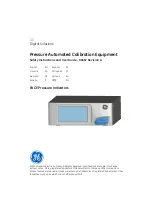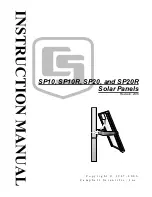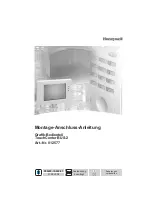
Description of Device
2-5
SIMATIC Panel PC 670 / 870 Operating Unit, Equipment Manual
Edition 07/02
Most of the numeric keys have also been assigned special characters,
arithmetic characters or the plus sign. The special characters are identified
in white, in the top left corner of the keys concerned.
To enter the plus sign, the special character or the arithmetic character you
require, press the F
N
control key (see Figure 2-3) and, in addition, the ap-
propriate numeric key.
If you release the F
N
key, you can return to entering the characters of the
basic numeric key assignment.
The cursor keys are used for navigation (e.g. for scrolling) or to move the
cursor. The following figure indicates the equivalents of the Panel PC cur-
sor keys on conventional PC keyboards:
equivalent to “PAGE
↑
”
equivalent to “PAGE
↓
”
equivalent to “
↓
”
equivalent to “
→
”
equivalent to “
←
”
equivalent to “
↑
”
equivalent to “HOME”
Fig. 2-6
Cursor keys and their PC keyboards equivalents
The keyboard layout for Windows 98 has been set to ”English/USA
International”. When using an external keyboard with the ”English/
USA International” layout, the key codes of the internal and external
keyboards are identical; for example, if you enter a ”y” on the external key-
board and a ”y” on the internal keyboard, you get a ”y” on the display in
either case.
2.1.3
Integrated mouse
The integrated USB mouse with the two mouse buttons is a ”piezo mouse”,
i.e. the direction of the mouse pointer movement is determined by the pres-
sure position on the center circular button and the speed of the mouse
pointer movement by the intensity of the pressure. The
parameters can be modified under ”System Setting/Mouse”.
If you wish, you can also connect an external mouse via the front USB (re-
fer to Section 2.3).
Entering special
characters, arith-
metic characters
and signs
Cursor keys
Connecting
external keyboards
















































